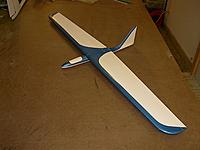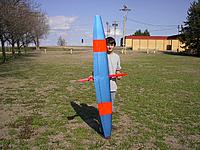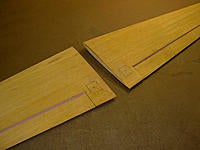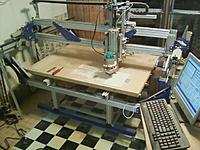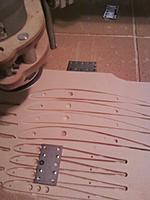Comments (0)
Add Comment
-
 Views: 317
Views: 317
White version -
 Views: 313
Views: 313
Painted top view -
 Views: 327
Views: 327
-
 Views: 308
Views: 308
Bottom view -
 Views: 413
Views: 413
The original camera housing on the RV Jet. -
 Views: 408
Views: 408
The camera housing removed and the conversion parts. -
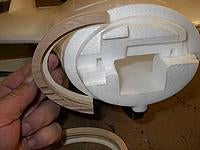 Views: 408
Views: 408
Slide the two mount rings into the slots for the camera housing. Use CA Glue to firmly attach these rings. Failure to securely glue these in place WILL result in your motor and prop and the new fiberglass nose to attempt autonomous flight (unsuccessfully) -
 Views: 412
Views: 412
Rings glued in place.
-
 Views: 1422
Views: 1422
A little bit of the gear that is going in. You can see the Monitor fuselage in the photo as well. -
 Views: 1377
Views: 1377
XT60 connectors on the current sensor. Did not want to remove them, so I made a set of adapters with Deans Ultra connectors that just plug in. -
 Views: 1372
Views: 1372
Adapters plugged in and shrink tubed. -
 Views: 1390
Views: 1390
I wanted to make my own vibration mount so I drew them up on the CAD system and cut them out with the CNC. I am due to replace the bit. It is getting a bit dull. -
 Views: 1353
Views: 1353
What a mess, but it is all rewired and works perfectly. On the top of the UAV fin you can see the GPS sensor. -
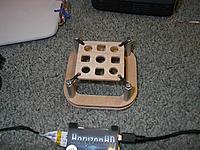 Views: 1422
Views: 1422
A close-up shot of the anti-vibration mount I put together. Designed to be mounted either right-side up or inverted with the RVOSD inside.
-
 Views: 1819
Views: 1819
Locate and copy the cords. for the foil you intend to work with. -
 Views: 1804
Views: 1804
Paste into a new cord. file in Compufoil. -
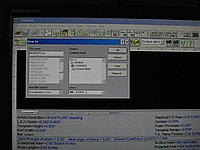 Views: 1805
Views: 1805
Save and then open the file. -
 Views: 1778
Views: 1778
Start removing everything that is not the actual foil. -
 Views: 1779
Views: 1779
Don't forget to zero the wire kerf. -
 Views: 1790
Views: 1790
After you finish, generate a DXF of the current view.













